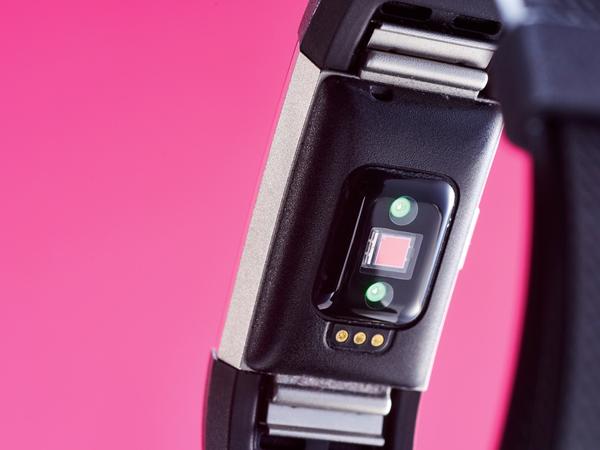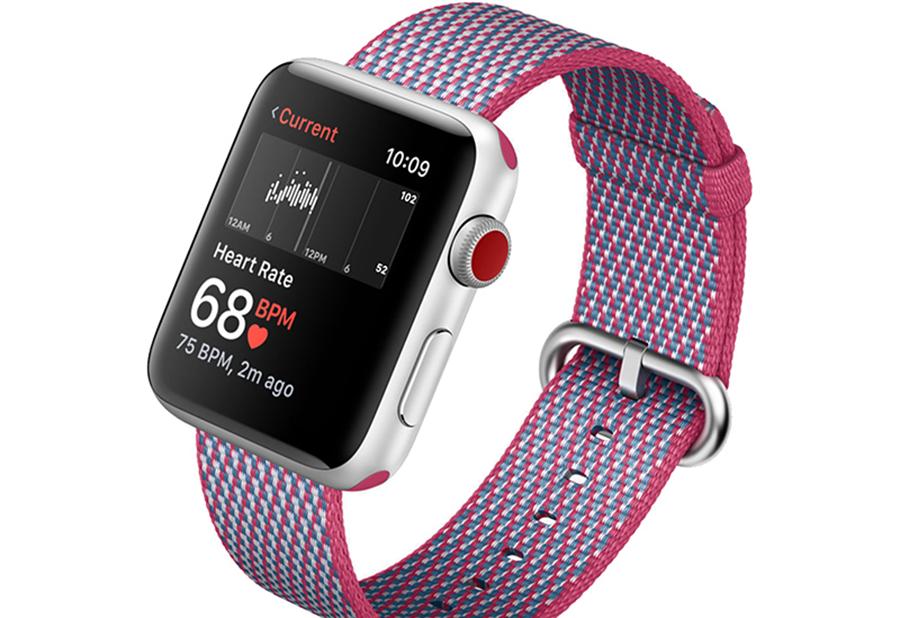
By cuterose
How to Track Your Heart Rate With Wearables
You probably learned how to track your heart rate in school: Put your finger on a pulse point, like the inside of your wrist, and count how many pulses you feel in a minute. That yields your heart’s beats per minute, or bpm. Cool trick! you thought. And you promptly forgot about it.
But your heart rate can be a useful piece of data. It’s a reliable metric for setting fitness goals that puts your cardiovascular health—ahem—at the heart of your workout. Plus, maintaining a healthy heart rate can reduce your risk of strokes, heart disease, and cardiac arrest.
If you have a wrist-worn activity tracker, it’s dead simple to monitor your heart rate accurately and continuously. Here's how to use that data to keep your ticker in top shape.
Listen to Your HeartFrom the moment you strap on a Fitbit or an Apple Watch, you'll start seeing your bpm on the screen. But what do those numbers mean?

“It’s important to understand that there is a spectrum of what constitutes a normal heart rate,” says Dr. Gregory Marcus, Director of Clinical Research for the Department of Cardiology at the University of California, San Francisco. He's also part of the research team for the Health eHeart Study, which aims to shed light on heart disease by analyzing digital health data from participants' mobile health-tracking devices.
You might have heard that a healthy resting heart rate—the rate when you’re physically and mentally relaxed—typically falls between 60 and 100 bpm. But Dr. Marcus explains that it’s not so simple, since heart rates vary from person to person.
“In many cases, the more fit a given individual is, the more their heart rate will slow while they’re at rest or while they’re asleep,” says Dr. Marcus. So a person who is very athletic might find that their resting heart rate slows to 30, even 20 bpm. This is because the heart muscle of a physically fit person doesn’t have to strain as much to support the body’s needs.
Your heart rate can also fluctuate widely throughout the day. So if your chest is pounding during a workout, your heart is pumping more oxygen-rich blood to support your physical exertion. Conversely, when you’re lounging on the couch, your heart rate might slow substantially. Your heart rate can also vary depending on your level of stress, if you’re pregnant, or if you’ve just downed a cup of coffee.
Dr. Marcus says that “in general, there isn’t really a heart rate that raises the concern of a cardiologist,” unless those perceived abnormalities in heart rate co-occur with more obvious symptoms. In other words: While it’s good to be mindful of your heart rate, don’t stress out too much. You may, ironically, raise your heart rate worrying about it, and that’s not healthy by any measure.
Take MeasurementYour heart rate is a convenient, objective way to measure how much you’re exerting yourself during a workout. Using the heart rate data from your activity tracker, you can inform and adapt your exercise regimen.
Start by determining your target heart rate. This is the heart rate that you should seek to achieve and maintain during rigorous exercise. Dr. Marcus advises collaborating with a physician or a trainer to determine your target heart rate and the duration for which you should aim to maintain it during a workout.









